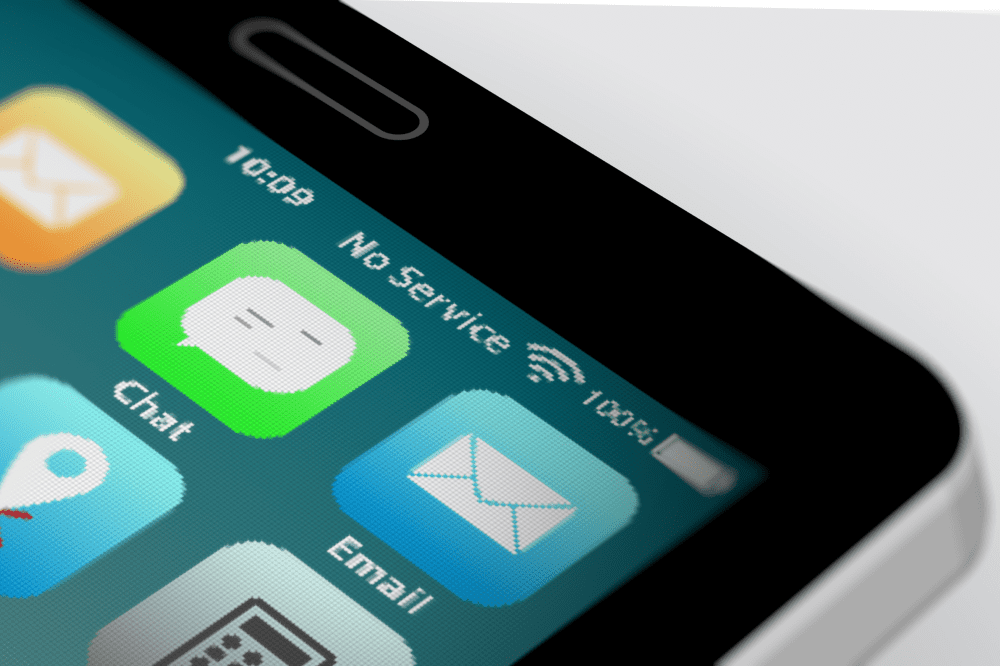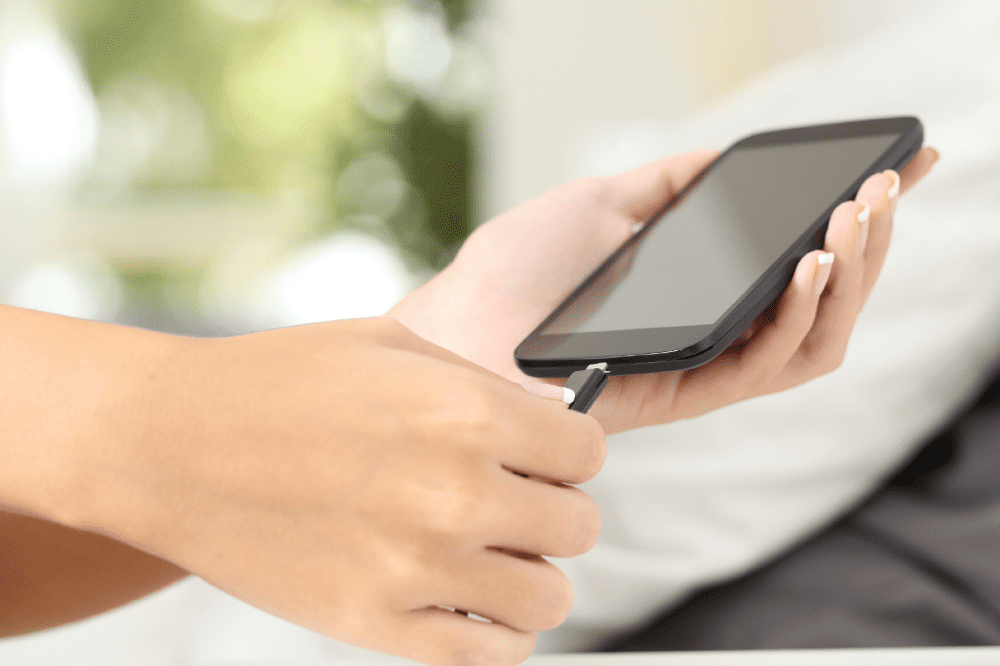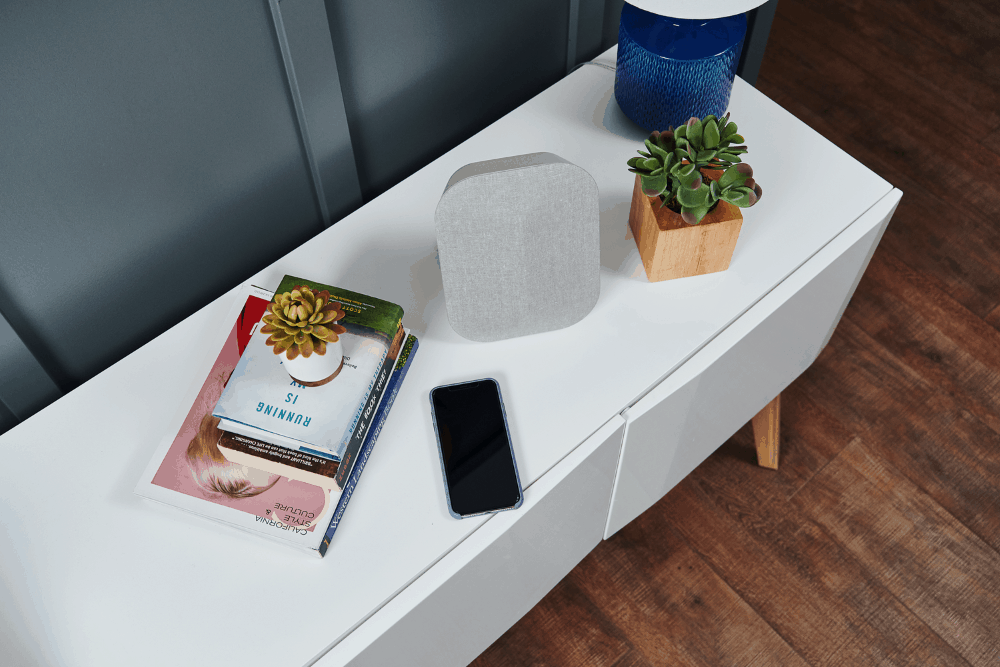Is My Carrier to Blame for Poor Cell Signal?
Posted on 11/4/2022 by Nicholas Jones
Poor cell signal can be a real hassle, and for people that rely on cell phones as their main line of communication, it could even be a safety or security issue. But when you find yourself playing a game of “can you hear me now?” or walking your property to find the best place to make a call or send a text, who can you blame for your frustrations?
It’s tempting to lay the blame for poor cell signal at the feet of your carrier. However, signal strength isn’t always in your carrier’s control. Find out more about what causes poor cell signal and what you and your carrier can do about it.
What are some causes for poor cell signal?
Poor cell signal can be a temporary issue or a plague that seems to hover around your residence. Some commons reasons for issues with cell signal can include:
- Heavy traffic on the network. Each tower and the network associated with it can only handle so many calls and data transfers at a time. If you’re in an area where a lot of people are using the same tower, signal can be spotty. That’s because your phone has to wait its turn before connecting.
- Being too far from a tower. Being too far from a tower can weaken your phone’s connection with it. Since a cell signal degrades over distance, the farther it travels, the weaker it becomes. A poor cell signal can lead to dropped calls, missed texts, slow data, and video buffering. In short, your device can’t perform as it was designed to do.
- Materials that interfere with cell signal. Some types of building materials can interfere with cell signal. Metal, certain types of glass, and even thick concrete can all play a role in poor cellular signal.
- A low or poorly performing cell phone battery. Your phone needs power to make connections, and if it’s running low on juice, it might have trouble maintaining a solid connection with signal of any kind.
- Certain types of weather conditions. Changes in weather conditions can change how cell signal moves through the air. Thunderstorms may seem like an obvious culprit, but even heavy humidity or a very foggy or cloudy day might reduce cell signal performance.
- Landscape elements. If cell signal can be disrupted by steel in the walls, it’s not surprising that a mountain, a large hill, or even an impressive grove of trees might cause a poor cell signal. If the landscape rises up substantially between your home and the nearest cell tower, then it may reduce how much signal actually reaches your devices.
- Actual problems with the network or cell service being provided. Some temporary problems are the carrier’s fault — or at least within their purview. If you’re having sudden issues with your cell service, a tower might be in disrepair or something else might be wrong with the network.
When might it be your carrier’s fault?
If you’ve never had poor cell signal in your location before and nothing has changed (like your phone, carrier, or building materials) then a suddenly weak signal could mean something is up with your carrier.
It could also mean that something else is amiss, such as some extreme weather or high levels of traffic on the network. Still, calling or chatting with your carrier’s customer service or tech support isn’t a bad idea.
Let the carrier know what is happening so they can run any trouble-shooting processes they have. If they discover any issues with the local tower or network, they can work on fixing them to help fix your poor cell signal.
What can you do to improve poor cell signal in your home?
If your carrier can’t offer you hope of better cell signal once they fix a problem, then you may need to take action yourself. After all, you can’t expect your carrier to correct problems that aren’t their fault, such as mountains, or the fact that your home is on the fringes of a tower’s reach in a rural area.
Here are a few things you can do to battle poor cell signal on your own:
- Try various areas around and outside of your home. If either building materials or the landscape is an issue, then you may find better signal in another area. Stepping outside on your front porch could make calls clearer or using your phone from a second-story room could help you bypass the interference of a hill.
- Remove barriers that you do have control over. Some phone cases can block cell signal, especially if the signal is already weak. If you get better performance after removing your case, then you might try a slimmer case or one made of different material.
- Charge your battery and keep it at 25% or more. If your phone battery reaches 10% or less on a regular basis, consider changing up your charging routine. Your phone may not have enough power to support a quality connection.
A cell signal booster solves poor cell signal.
Stepping outside or hiking the stairs to a second-story bedroom for every phone call isn’t ideal. And while an organized person can usually manage to keep their phone charged most of the time, life is full of obligations, and you can’t always be worried about whether you’ll be near an outlet at the right time.
Instead of trying to stick a bandage on your poor cell signal, consider installing a cell signal booster.
A cell signal booster amplifies the signal received from the nearest tower — even if that happens to be a tower that’s fairly far away. As long as any signal reaches the outside of your home, an amplifier can boost that signal and deliver it inside, making it strong enough to support calls and cellular data use inside your home.
You can find a variety of cell boosters for use inside of your home, vehicle, or business. Whether you need to correct poor cell signal in a targeted area, a whole building, or even an RV or overland vehicle, weBoost has exactly what you need. Shop today and reach out to our U.S. support team if you have any questions.
Where do you need to boost your signal?
Popular Articles
Similar Articles

How Cellular ‘Dead Zones’ Shape Consumer Behavior: An Invisible Threat to Small Businesses
Read More







